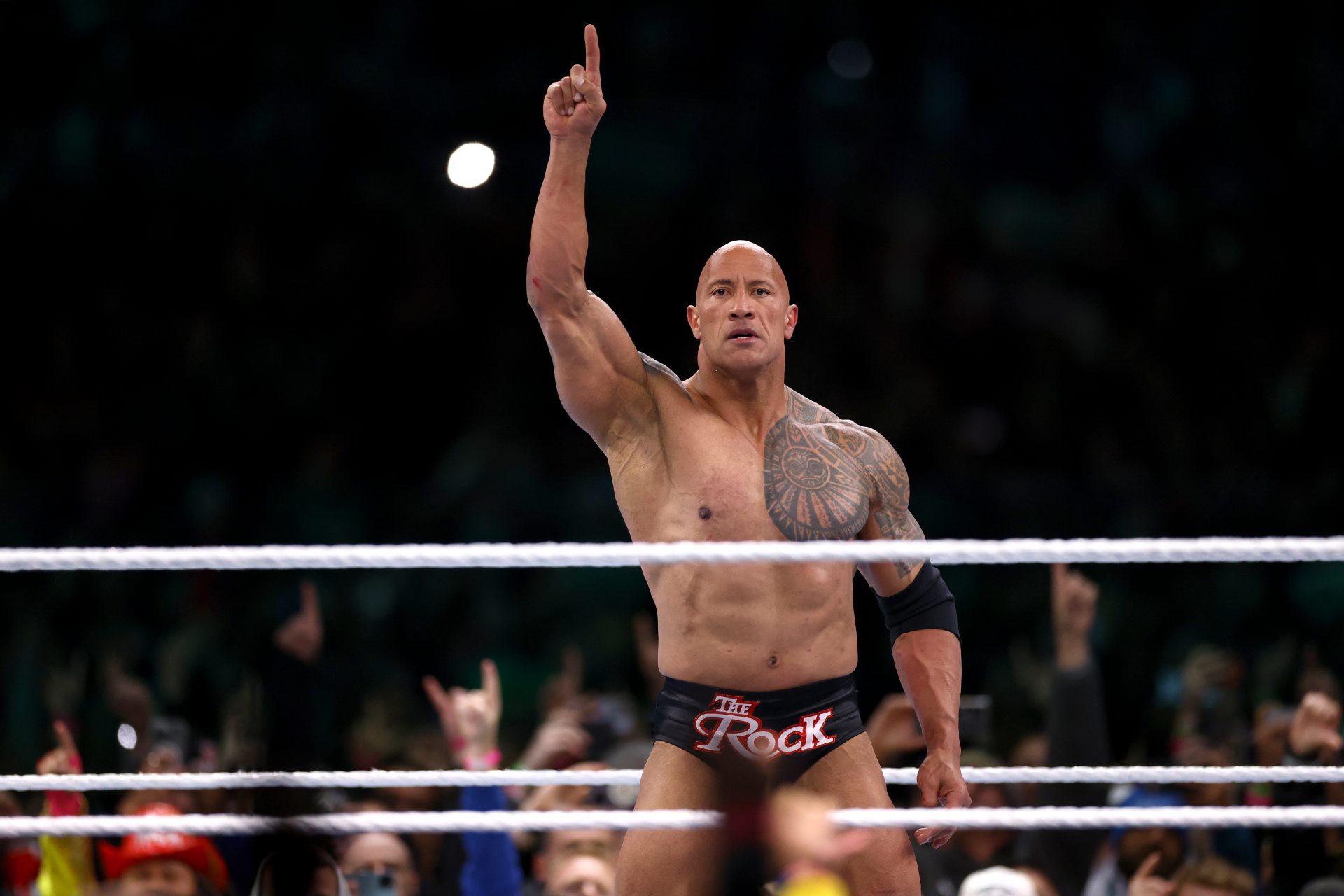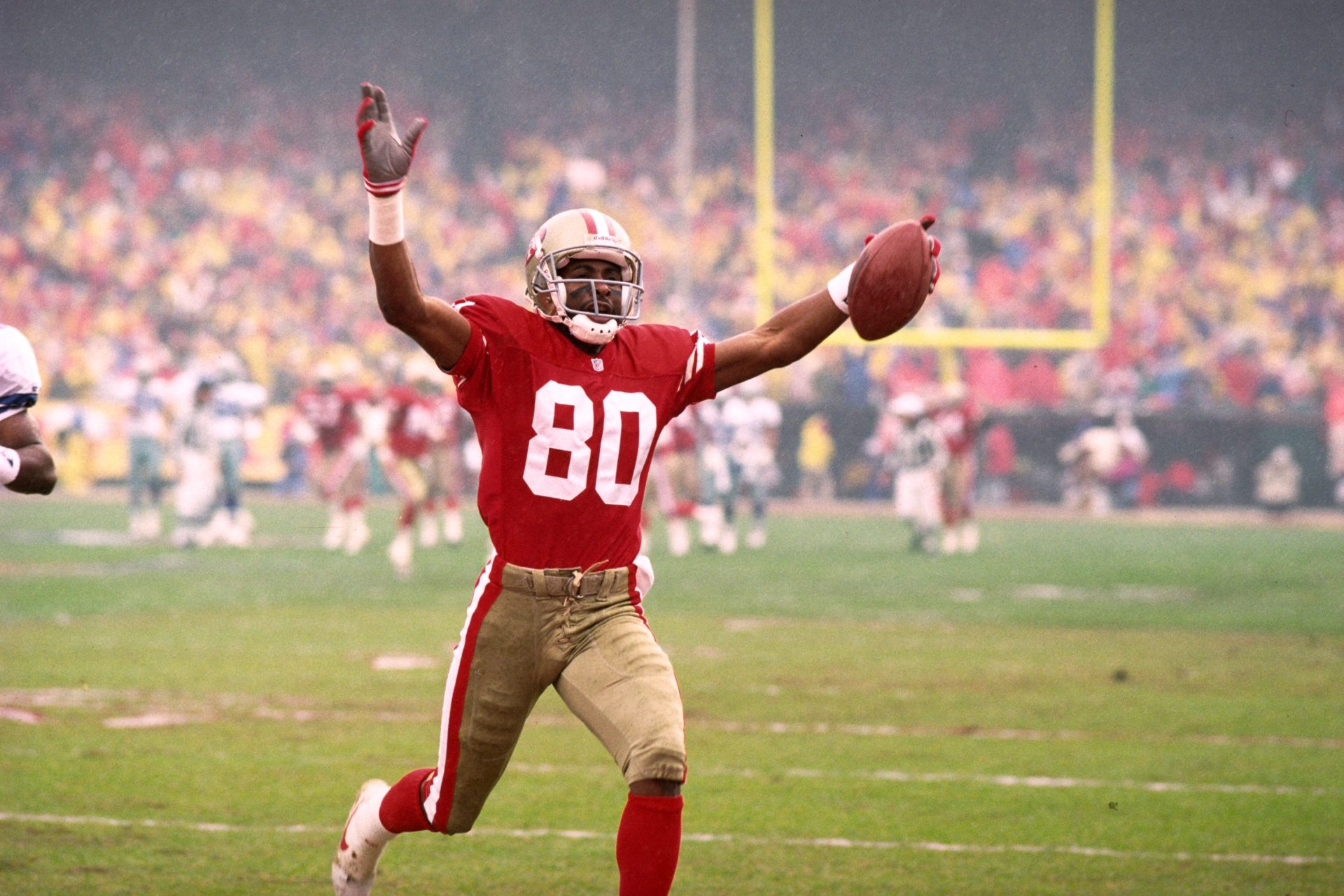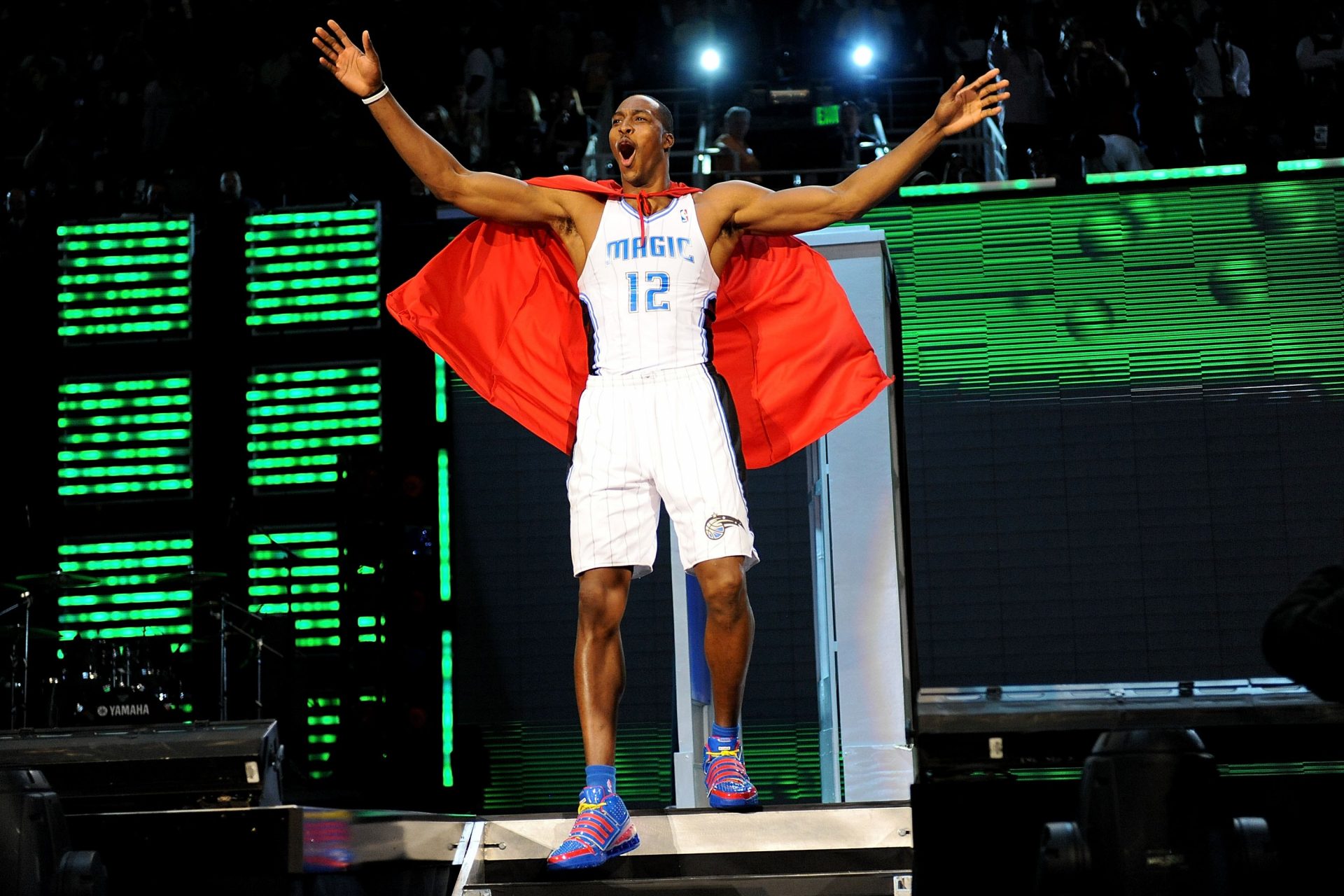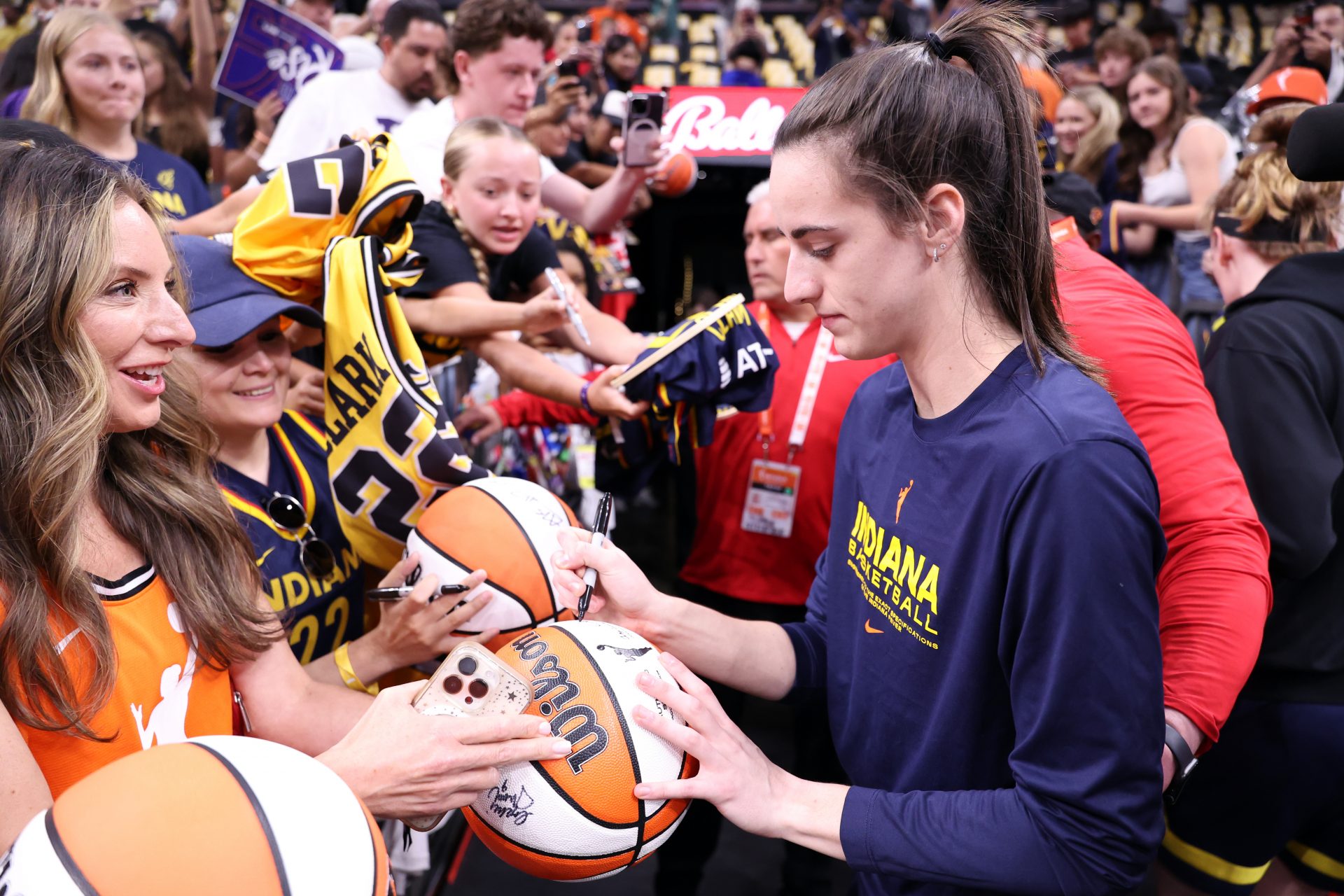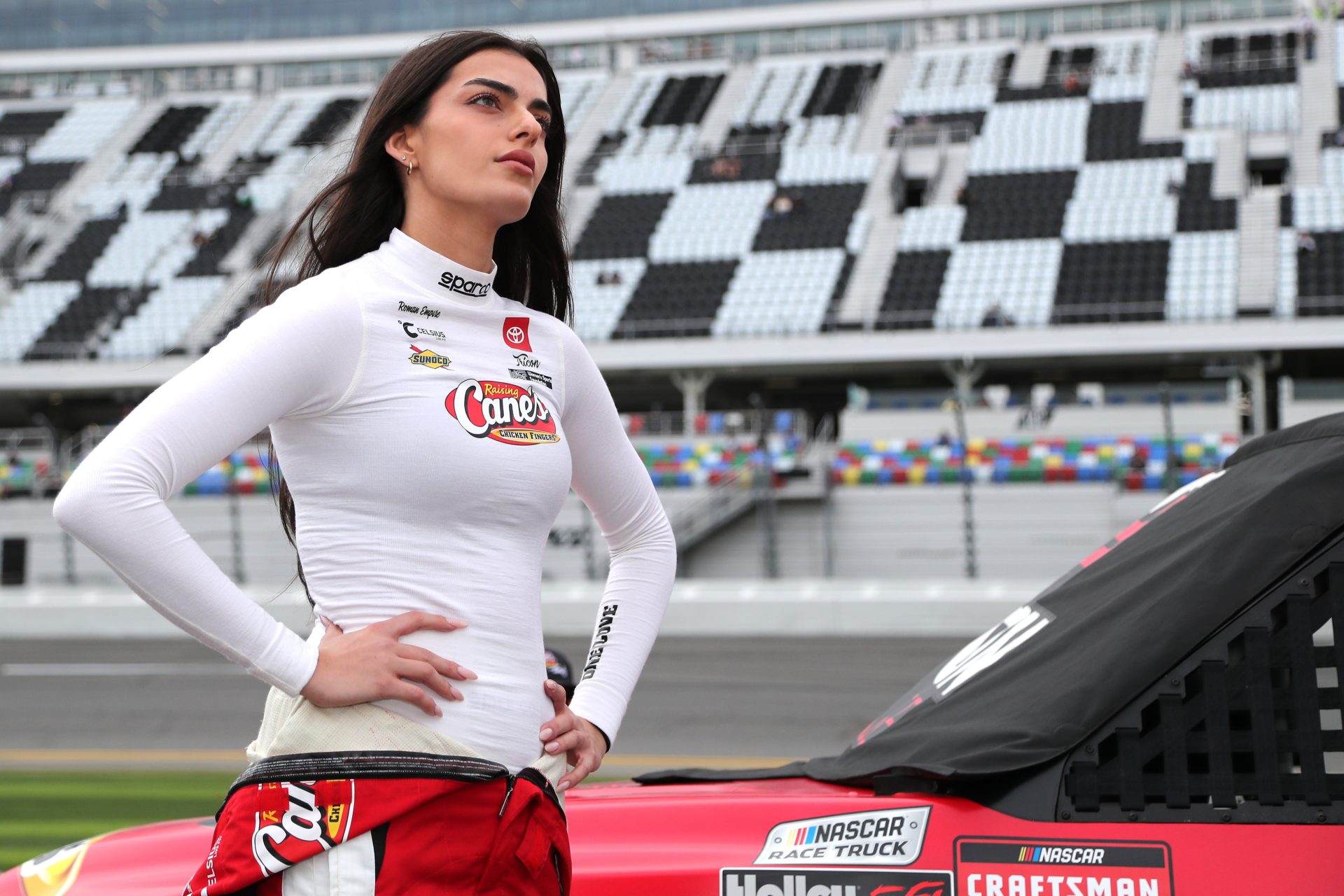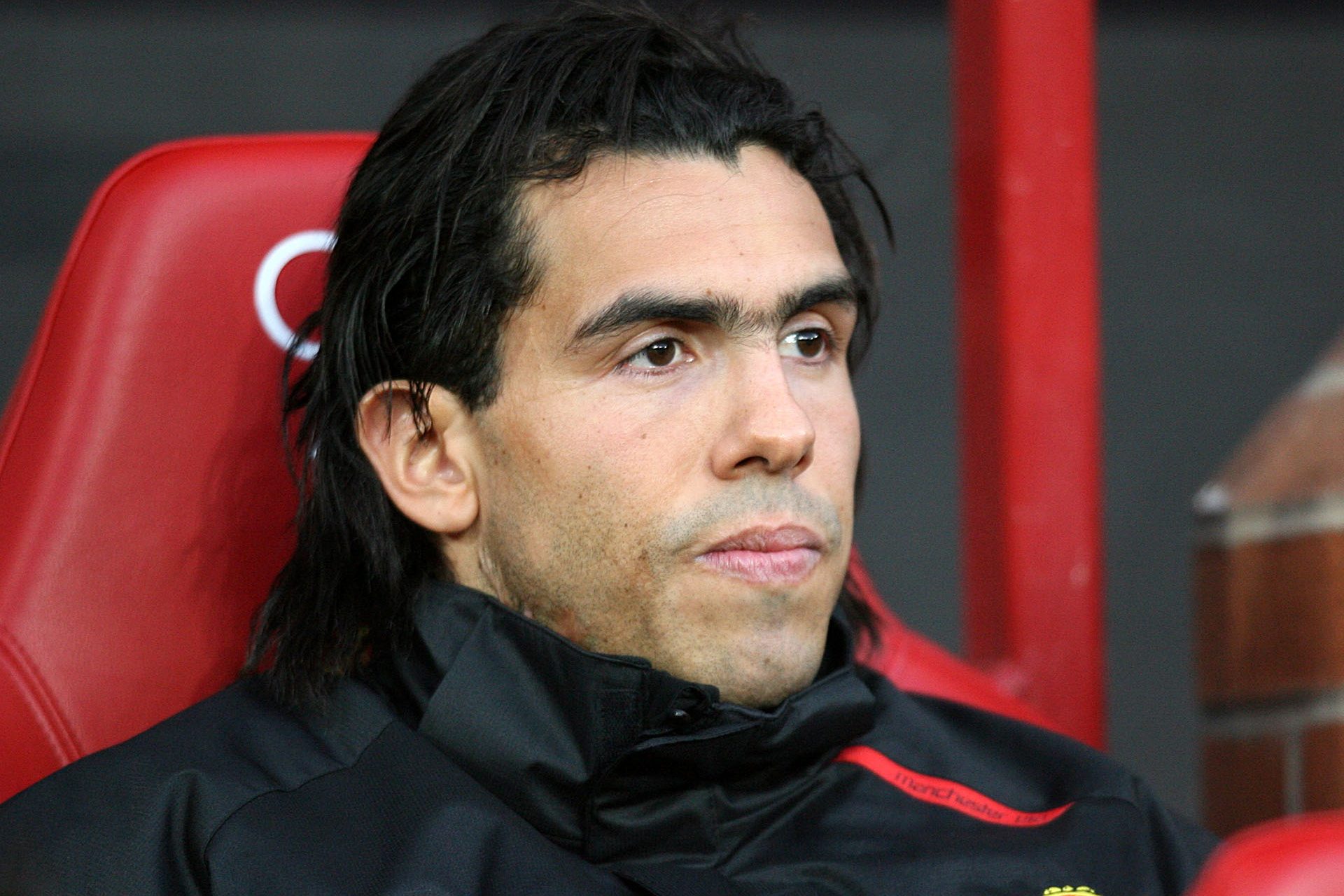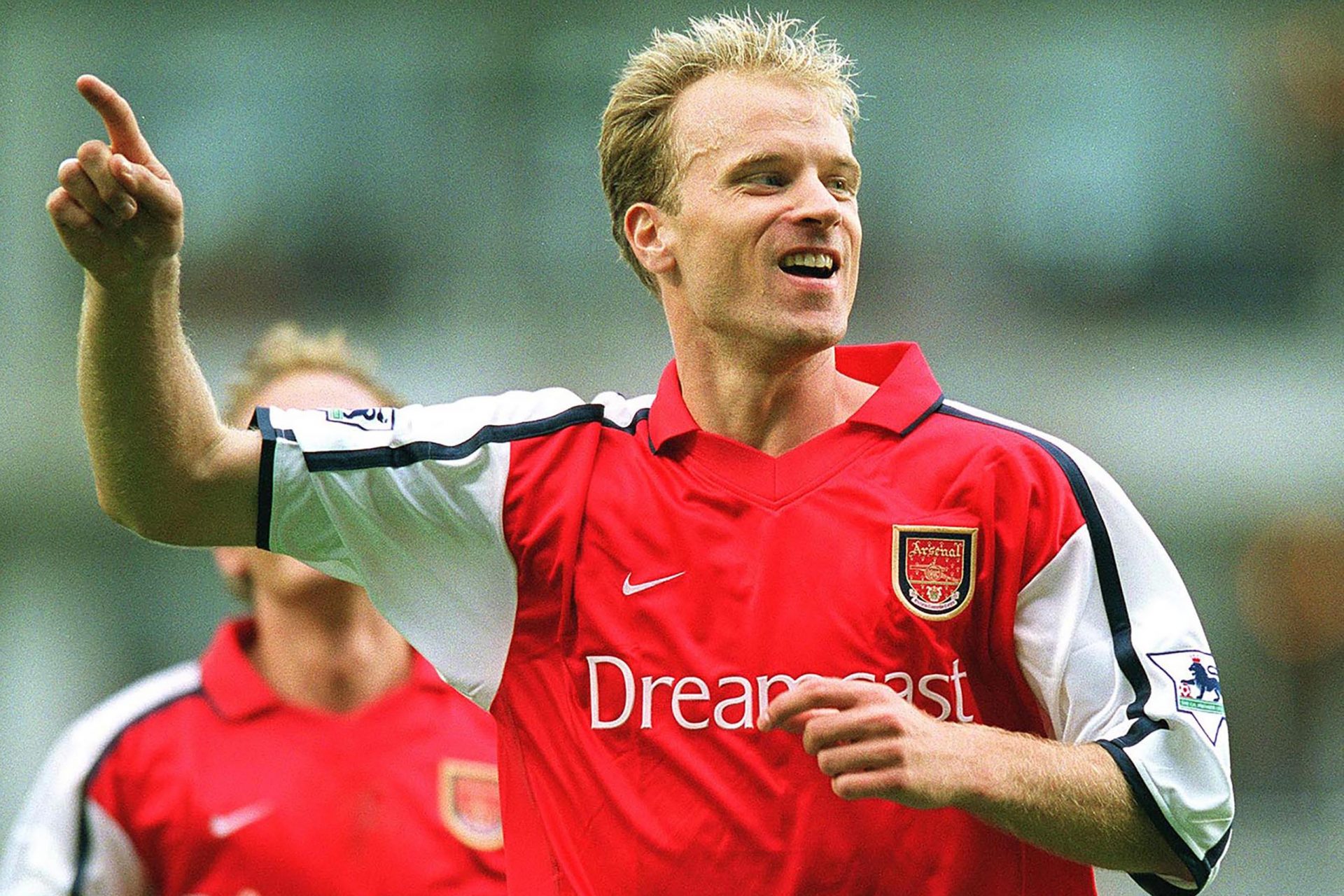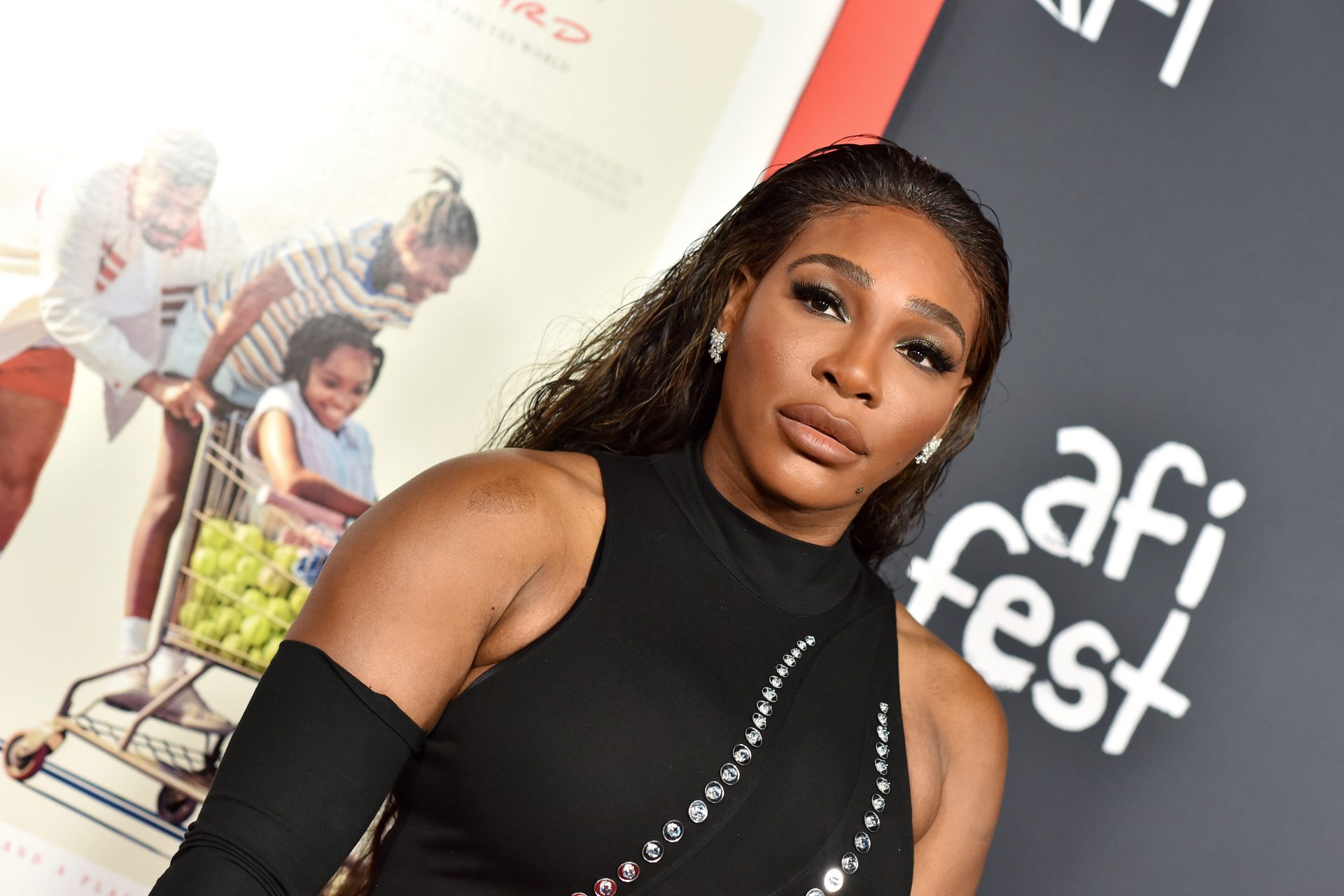Key Figures in the Knicks-Heat rivalry
The New York Knicks and the Miami Heat linked up during the postseason four straight years in the 1990’s. A lot was at stake, and each team brought tons of intensity to the series, which sometimes boiled over the top. The two franchises are playing again in the Eastern Conference Semifinals, and we’ll revisit some of the rivalry’s key figures.
New York had an incredibly successful team in the mid 1990’s, led by elite coach Pat Riley. It felt like the Knicks had more great years of contention in them, but Riley was quietly plotting his move to South Beach. He had a list of conditions he wanted the Heat to meet if he were to defect, and they agreed. Miami has been one of the best teams in the league since Riley joined the organization.
Pat Riley wasn’t just a head coach, he was a brand. He had the most gravitas of anyone on the bench in the NBA, so anyone replacing him would have a much different approach. Jeff Van Gundy’s style didn’t resemble Riley’s, but he put his team in excellent positions to win for the duration of his Knicks tenure.
If Riley was going to make the leap from New York to Miami, he would need to build around a couple of key pieces that would anchor the team’s identity. Unquestionably, Alonzo Mourning was a pillar of that stability, as he poured his heart into each and every game. His toughness allowed the front office to put pieces around him that complemented his skill set.
By the time the Heat became a real threat in the Eastern Conference, Patrick Ewing had already been a part of the NBA’s playoff conversation for a decade. He was used to the bright lights and the added pressure that the postseason tends to bring. When Miami tried to slow the game down and push Ewing around, the All Star center was ready for the challenge.
It was legitimately hard to score during the 1990’s, as the league stuck by rules that allowed defensive players to use their hands much more than is permitted today. With that said, Tim Hardaway used a killer crossover and a quick release to get his shot off. He was able to take and make a lot of contested shots that went down when the game was on the line.
The Knicks were an eighth seed in the 1999 playoffs, and appeared to have little chance of advancing in the postseason. They forced a decisive Game 5 that year against the number one seeded Heat, and that contest came down to the end. Knicks guard Allan Houston made a running one-handed shot that hit the rim, the background and bounced in to give New York the series win.
The idea of big forwards shooting from three-point range wasn’t as commonplace in the 1990’s, but that’s the type of touch Larry Johnson had. He also had a memorable moment in the first round of the 1998 playoffs against Miami, where he and Mourning got into a scuffle that ended with Van Gundy desperately holding on to Mourning’s leg.
As a former college football player, Knicks guard Charlie Ward was no stranger to being brought down by opponents. He probably never would have guessed that he’d be tackled on a basketball court, but that is what happened in the 1997 playoffs against the Heat. He was thrown into a group of photographers by Miami forward P.J. Brown that set off a melee.
It would make sense that Ward’s blurb would be right next to P.J. Brown’s, considering how the pairing is intimately linked throughout the course of the rivalry. By all accounts, Brown was a mild-mannered player, but was not happy that Ward seemed to try to take out his knees. This is what led up to the fight that resulted in multiple suspensions.
It would be difficult to find links between the Knicks-Heat series in the 1990’s and the one that is taking place here in 2023. Current Knicks head coach Tom Thibodeau was an assistant on Van Gundy’s staff back in those days, and knows just how intense things can get when the Knicks and Heat meet in the postseason.
There were a lot of big names who took centerstage during the heyday of the Knicks-Heat rivalry, and it’s fair to say that Voshon Leonard was not one of them. He was a versatile guard who was a fixture in Miami’s rotation. Leonard provided much needed three point shooting during slower paced games, and was often tasked with defending players like Houston and Latrell Sprewell.
Another player who stepped up in a big way for Miami was reserve guard Anthony Carter. In Game 3 of the 2000 Playoffs, Carter got a miraculous shot from behind the backcourt to go in, which gave the Heat the eventual victory in overtime. It was even more remarkable that Carter was only a rookie when he hit that shot on a huge stage.
Kurt Thomas entered the league with the Heat, but found himself with the Knicks towards the tail end of the rivalry. He was a more integral part of New York’s rotation than Miami’s, and spent eight season with the Knicks as opposed to just two with the Heat. Thomas was cut from the same cloth as many players of his era; tough, smart and physical.
The Knicks and Heat would meet again in the 2012 NBA Playoffs, which featured a different cast of characters. Carmelo Anthony led the Knicks in scoring with over 27 points per game in that series. However, it wasn’t enough to propel New York to victory, as the Heat wrapped things up in five games.
The 2012 season was extremely important for Miami, as they came off a disappointing loss in the 2011 NBA Finals to the Dallas Mavericks. They couldn’t afford to start the playoffs in disappointing fashion, and Dwyane Wade made sure they didn’t. Wade would set the tone as a menacing presence both offensively and defensively.
More for you
Top Stories



















